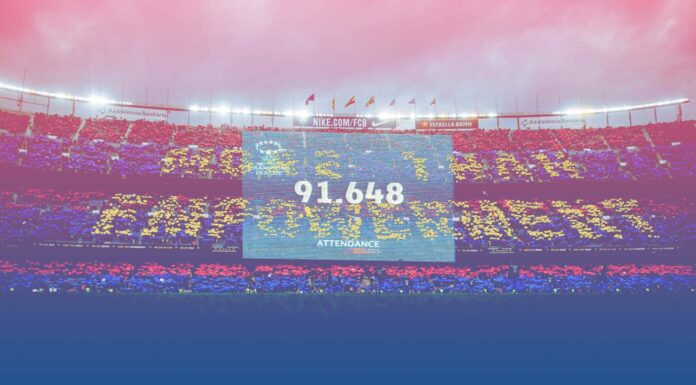I have a desire to see Major League Soccer grow and become a popular, entertaining league where the players are millionaires along with its games being displayed in abundance on big screen TVs at restaurants and bars across the country. To that end, here are my key takeaways that MLS should learn from the successes and failures of the NBA.
Although people are continuously speaking on the “growth” and “bright future” of MLS, it’s time that we apply pressure for the league to enter its next phase. What’s adorable for a baby is not cute for an adult or even an adolescent. If we were to personify the league, we would most likely view it in a different light and judge it for what it is. Imagine a teenager coming up to you looking for approval that they’re finally potty trained — not a pretty sight, right?
No more coddling the league like a teenager who hasn’t graduated high school yet. Let’s recognize it for what it is — a 25-year-old grown adult that’s sitting around the house who needs to get a job and move out or at least start contributing towards the rent. With that said, I present to you my version of a swift kick in the pants and the valuable lessons that MLS could learn from the NBA by analyzing both what its older brother did right and quite wrong.
Creating and Supporting League Stars
Historically, the NBA has done a tremendous job of building up and supporting its stars. Magic Johnson and Larry Bird were already household names before joining the NBA as they had battled for the 1979 NCAA championship. This contest had the highest ever television rating for a college basketball game. They then lifted the entire NBA with their ongoing rivalry as soon as they entered the league one year apart from each other. Aided by the fact that both landed on popular teams with storied histories, the Los Angeles Lakers and the Boston Celtics, their dynamic and competitive natures had a considerable impact on the NBA’s popularity. It’s worth mentioning that one team or the other won eight of the nine Finals from 1980 through 1988.
The NBA then had the fortuitous circumstance to have Michael Jordan enter the 1984 draft. He took the momentum from the Magic-Bird rivalry to loftier and unforeseen heights. When the three of them teamed up, along with other NBA stars, on the Dream Team for the 1992 Olympics, the league was ripe for an international eruption. This lineage of NBA superstars can be traced onwards to the Kobe/Shaq era, along with the Spurs dynasty teams, all the way up to LeBron James and the stars of today.
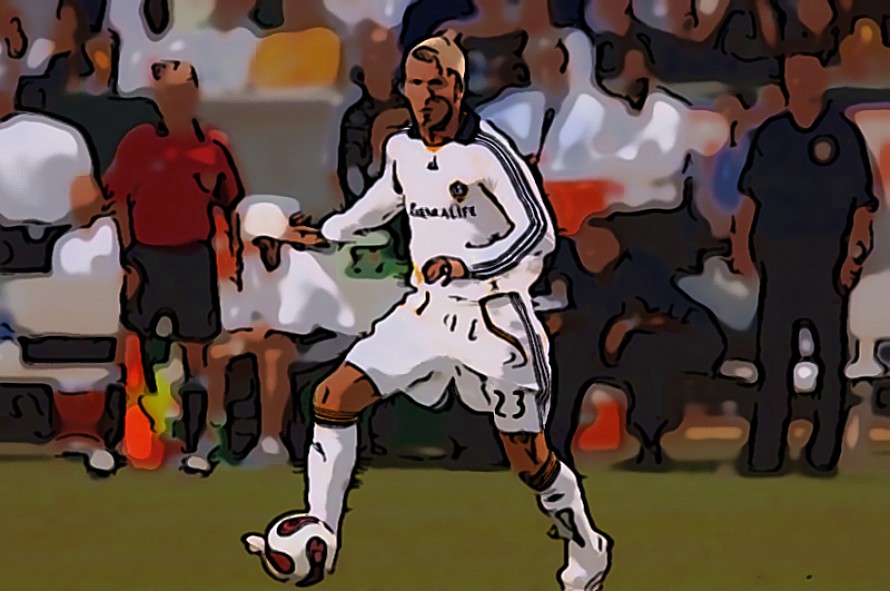
By contrast, MLS has done a woeful job of building up and creating stars in its own league. In my view, throughout its entire history, I can only definitively point to David Beckham and Zlatan Ibrahimovic as the two stars that had deliberate and considerable marketing muscle behind them. Curiously, both played for LA Galaxy although at different junctures. It’s a sad testament that today’s casual soccer fan most likely would have trouble naming five MLS All-Stars off the top of their head.
Even more troubling than the low-level effort at adequately marketing their stars is the curtailing of teams’ ability to even have superstars on their roster to begin with. To summarize this point briefly, MLS allows teams to sign certain players, called Designated Players, that do not count entirely against their salary cap. This enables teams to hypothetically compete for star players in the international market.
However, the critical issue lies in the fact that a team is limited to a maximum of only three Designated Players. The idea behind limiting teams to only three DPs is presumably to control league spending and foster league parity. I argue that the league needs to pointedly address this issue in order for it to flourish today.
I think MLS should expand the rule to allow teams to have more DPs — many more. In my view they should increase it from three to at least five per team, although I would recommend for an unlimited number of DPs if I had a vote. Any soccer aficionado would concede that limiting to three star players makes it hard for any team to really play at an elite level. Even NBA teams generally agree that a team needs three stars to compete for a championship title — and that’s with only five players on the court.
Increasing the DP rule to five players per team wouldn’t necessarily increase a team’s overall salary expenditure. Instead of paying three players a certain salary, this would allow them to spread the same amount across five players. It wouldn’t automatically hurt their bottom line but it could definitely help raise their level of play.
It would be ideal to allow teams to have as many as they want limited only by financial jurisprudence but that won’t happen anytime soon. While the NBA has a salary cap as well, albeit a much higher one, they have many more exceptions to allow greater spending. In addition, teams are free to exceed the salary cap as much as they want but are subject to a luxury tax (a dollar for dollar tax spent over the luxury tax cap).
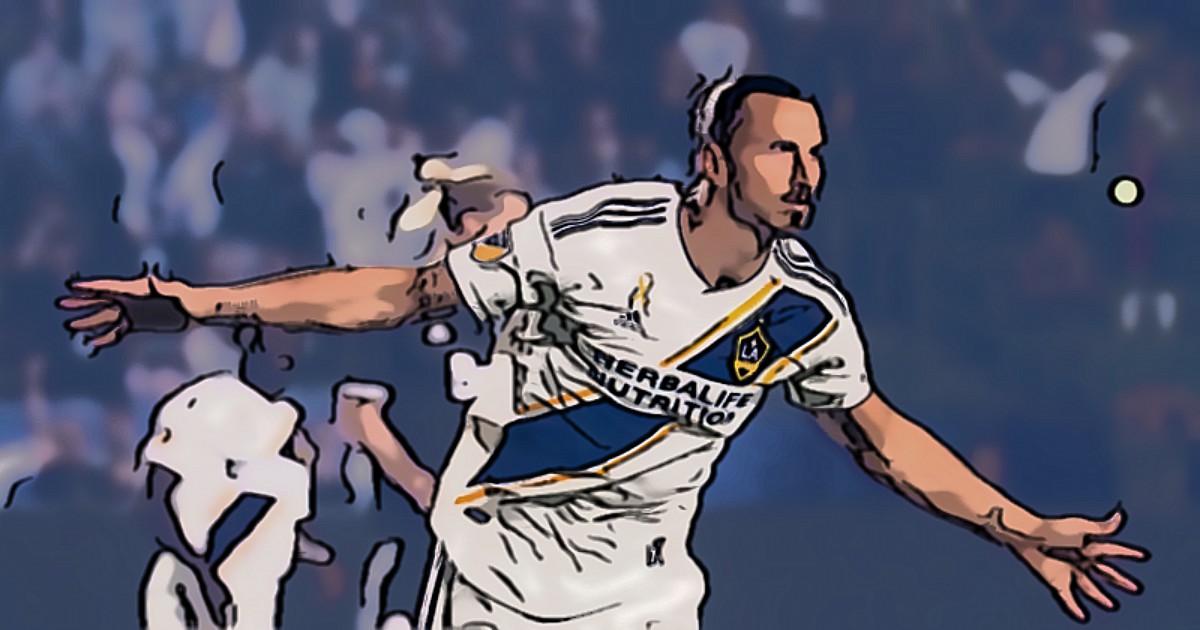
However, MLS is a single-entity structure where all team owners share in the league and have a right to operate a team. Therefore, team owners don’t actually own their respective teams, they simply operate them and own shares in the entire league. This is drastically different from the NBA, whose Governors actually own their individual teams.
While the single-entity system was good during its initial incubation phase, I believe it has now outgrown this model. MLS should make the correct move to realign its ownership structure similar to that of the other major sports. It needs to stop putting the focus on slow, sustained growth and league parity and aim for higher goals. Let those owners who are willing to spend more money do so at their own choosing, and create the proper incentives as actual team owners working within the natural state of managing risk versus reward. It’s time to take the training wheels off.
Hyping Up Rivalries and Compelling Matchups
Another strategy the NBA has excelled at is pumping up the drama behind exciting rivalries. If you look across the league’s history there is an almost unending list of enthralling and heated rivalries over the years: Lakers vs. Celtics, Celtics vs. 76ers, Celtics vs. Pistons, Lakers vs. Pistons, Pistons vs. Bulls, Bulls vs. Lakers, Knicks vs. Heat, Cavaliers vs. Warriors … the list of intensely competitive rivalries goes on and on.
Even beyond traditional rivalries that naturally grew between various franchises over the years, the NBA knew how to create must-see games on select dates. Every year, people looked forward to Christmas Day in anticipation of the compelling matchups that would be televised. The NBA made sure that these games would provide storylines that resonate nationally and not just locally.
Who could forget the buildup to the 2004 Christmas Day game between the Miami Heat and the Los Angeles Lakers? During the offseason, Kobe Bryant had driven Laker Nation to a nervous wreck by deliberately waiting until Shaquille O’Neal was traded before re-signing with the Lakers. After eight tumultuous years as teammates they were now bitter competitors. This game would be Shaq and Kobe’s first time playing against each other after the breakup of their Lakers dynasty.
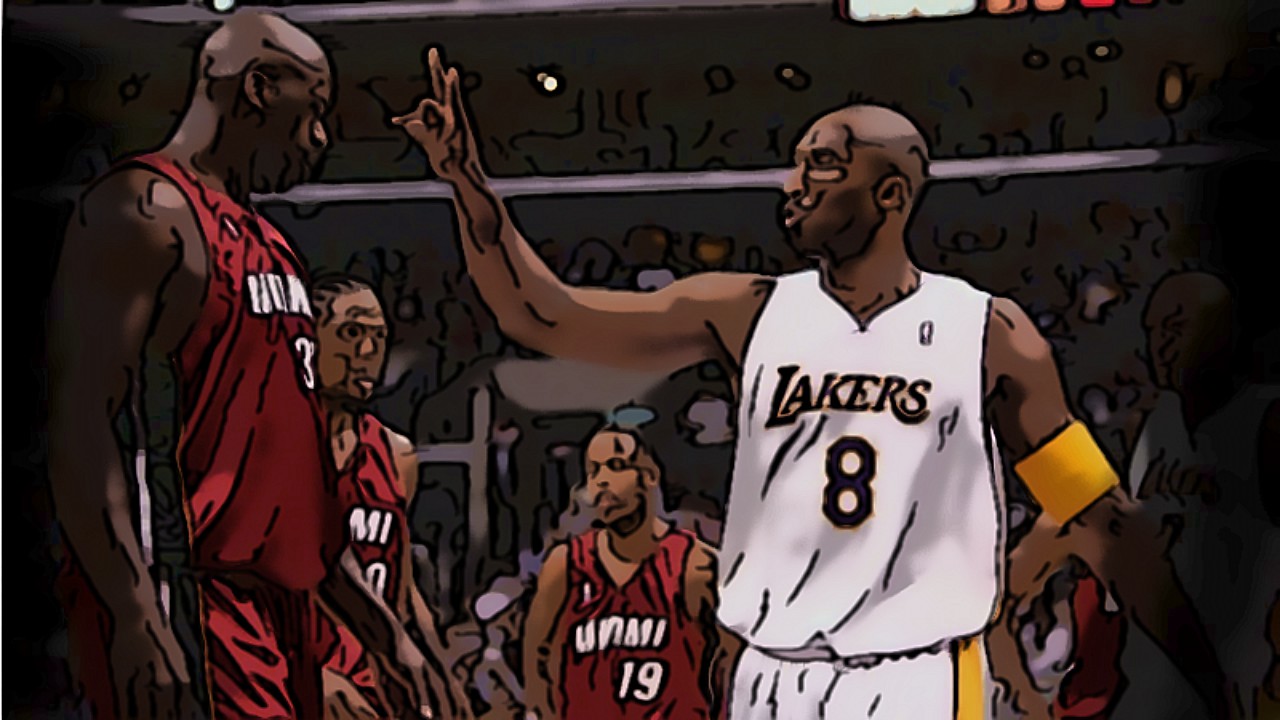
The buildup to the game was filled with melodrama, with Shaq saying that Kobe meeting him in the lane would be akin to a “Corvette hitting a brick wall.” The winner of this game would be sending one of two messages: Either it was Kobe who didn’t need Shaq to win and this was now unequivocally his team, or that Shaq had made the right decision by moving on and was still dominant enough to make another team great. Interestingly enough, both statements would go on to be proven true.
These type of highly anticipated matchups were about narratives, and unfortunately, MLS doesn’t produce enough of them … or any at all. When I think of MLS rivalries only a few even come to mind and none of them really shake up any fans beyond a local interest level. The only rivalry even coming close to stirring up national excitement in recent years is probably the LA Galaxy versus LAFC matchup.
In 2018, Ibrahimovic and Carlos Vela both made their hallowed MLS debuts for Galaxy and LAFC, respectively. Their personal and team rivalries grew to exciting levels in 2019, with Vela leading the league in goals and Zlatan coming in second, further heightened by his usual antics just across town. Their skill levels and sound bites had many fans looking forward to the “El Trafico” derbies throughout the season and extending into the playoffs.
And what did MLS do to capitalize and further stoke the fires of this tremendous opportunity for the league? They let Zlatan leave and return back to Europe and Serie A after two monumental years in MLS. It is directly because of confounding and lamentable decisions such as this as for why the league can be accused of shooting itself in the foot.
Showing Loyalty to their Players
This is something the NBA used to do quite well, but has now veered into a horrible direction. The NBA’s golden age through the ’80s and ’90s, and even during the post-Jordan early 2000s, had stable teams with consistent rosters from year to year. Even now I can vividly remember at least a few players on nearly every team in the league throughout those years.
Contrast that with today? I hardly recognize anyone beyond each team’s two or three main players. Key role players are switching teams so often that I don’t have the desire to even want to get to know them. Why should I when they’ll be gone in a year or two? And it’s not always the fault of the players through free agency. Teams nowadays are so focused on numbers and contracts that they don’t have any real sense of loyalty to their players (and vice versa).
I used to have a meaningful connection with not only my beloved Lakers but also with many other teams as well. It’s natural to feel a sense of familiarity and fondness when seeing the same faces and identifying them with certain teams year after year. Not only did I love rooting for my home team, but I enjoyed rooting against the other teams whose roster I knew almost nearly as well.
Long gone are the days of the Kobes, Dirk Nowitzkis, Tim Duncans, and Udonis Haslems of the world playing on one team for their career’s duration. There has to be a give-and-take approach from both the player and their team for someone to play 20-plus years in the same city. Nowadays, there’s so much movement amongst players to multiple teams that I know the coaches far better than most of the players.
This is a horrible trend in the NBA that MLS should be smart to realize and avoid. However, I see them following relatively the same type of pattern. It’s bad enough that MLS doesn’t do a respectable job of marketing its stars, but it’s also sadly apparent that many teams have high turnover rates. It’s disconcerting to see top players like Kei Kamara and Lee Nguyen bouncing around from team to team. Why would they expect fans to have support for a team when they thwart you from building a connection with the players amongst a revolving door of a lineup?
I understand the saying that “winning solves everything,” so I can appreciate teams that are maneuvering for the higher purpose of winning a title. However, I think consideration should be given to show more patience and loyalty to your players instead of constantly swapping out players on your roster. It’s a bad look and hinders overall fan support for your club. A league can’t solely depend on the diehard fans who will bleed [insert your team’s colors]. MLS has to embrace the full range of fans and most people identify with personalities and actual people more than simply a badge or a club.
Embracing the Competition
The American Basketball Association (ABA) was a short-lived yet revolutionary league. It was known as the “outlaw league” with its distinctive red, white, and blue ball. It existed for nine full seasons from 1967 to 1976 during which time it fought a bitter war with the established NBA for overall dominance.
It was marketed as the “lively league” and featured many above-the-rim stars such as Julius Erving, better known as “Dr. J,” and George “the Iceman” Gervin. In June 1976, the two competing leagues finally made peace and the ABA merged with the NBA by adding its four strongest teams — the Denver Nuggets, Indiana Pacers, New York (now Brooklyn) Nets, and San Antonio Spurs — all of which still remain today.
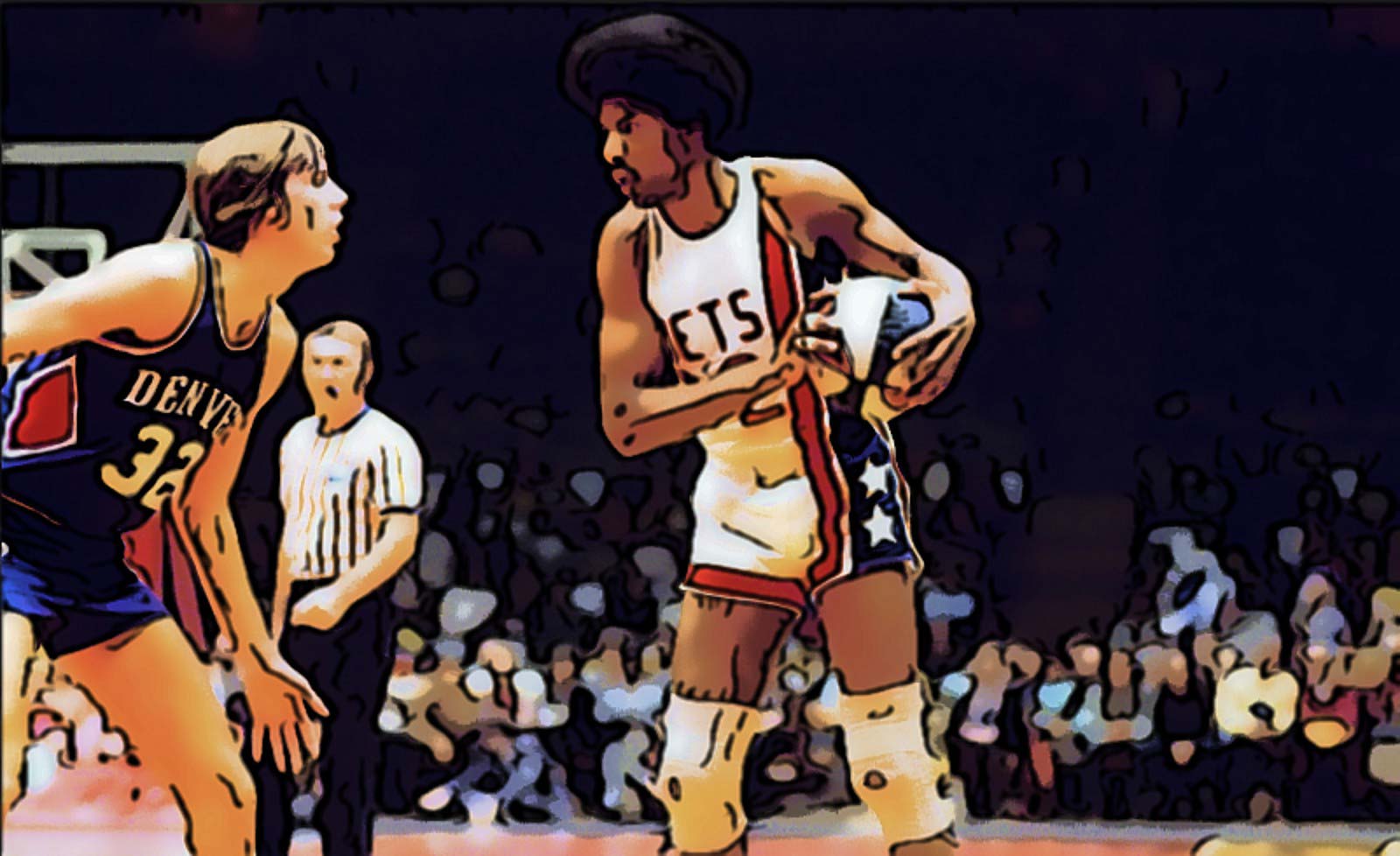
Besides the teams, the ABA brought along its flashy, distinctive style of basketball. It was daring and bold, and some of its lasting effects are visible in today’s NBA including the three-point shot and the slam dunk contest, which is a central event during All-Star Weekend. A vestige of the tri-colored basketball still remains as the “money ball” during the three-point contest.
The NBA realized that working together with the ABA was a far better alternative to fighting them indefinitely for fans and marketshare. The ABA managed to succeed and thrive in hoop-crazed cities that had traditionally been difficult for the NBA to get established in. Even the importance of ABA’s far sighted thinking and approach to signing the first player out of high school, Moses Malone, cannot be overstated.
Major League Soccer also experienced a similar occurrence with its own combative history with the North American Soccer League (NASL). During its seven years of existence from 2011 to 2017, it was sanctioned as a Division II league and competed directly with MLS. It would undertake an ill-conceived lawsuit against U.S. Soccer before cancelling its 2018 season and ultimately folding.
One of NASL’s biggest mistakes was to try and compete head-to-head with MLS with its stated long-term goal of attaining Division I status, while also competing directly against lower division USL in actuality. Fighting a two-front war is never a good idea, and the USL took the smarter approach by working together and aligning with MLS.
The biggest differences and areas of contention between MLS and NASL were in salary cap and organizational structure. The NASL did not have a salary cap and ownership of teams were retained by its individual owners in contrast to MLS’ single-entity structure. Ironically, these are the two areas that I believe MLS needs to specifically address in order to elevate itself as a league.
I think it would have been better for MLS and for soccer overall if it had taken a more collaborative approach with the NASL similar to what the NBA did with the ABA. It would have benefited MLS to have added historic teams like the New York Cosmos into its fold as well as other teams with robust ownership located in non-MLS allocated cities.
What’s done is done, and the chance for MLS to try and work amicably with the NASL is gone. However, I think that MLS still has a great opportunity to work with the current stable of lower division leagues. They could improve and fortify their established relationship with the USL, while also building towards official working relationships with other leagues like NISA and NPSL. If MLS is serious about growing soccer in America and not just about selfishly improving their own lot, this is the next logical step that needs to happen for the benefit of the sport.
___________
Have any comments or questions? Send us an email with guaranteed anonymity to be featured in our next ‘Anonymous Mailbag.’




